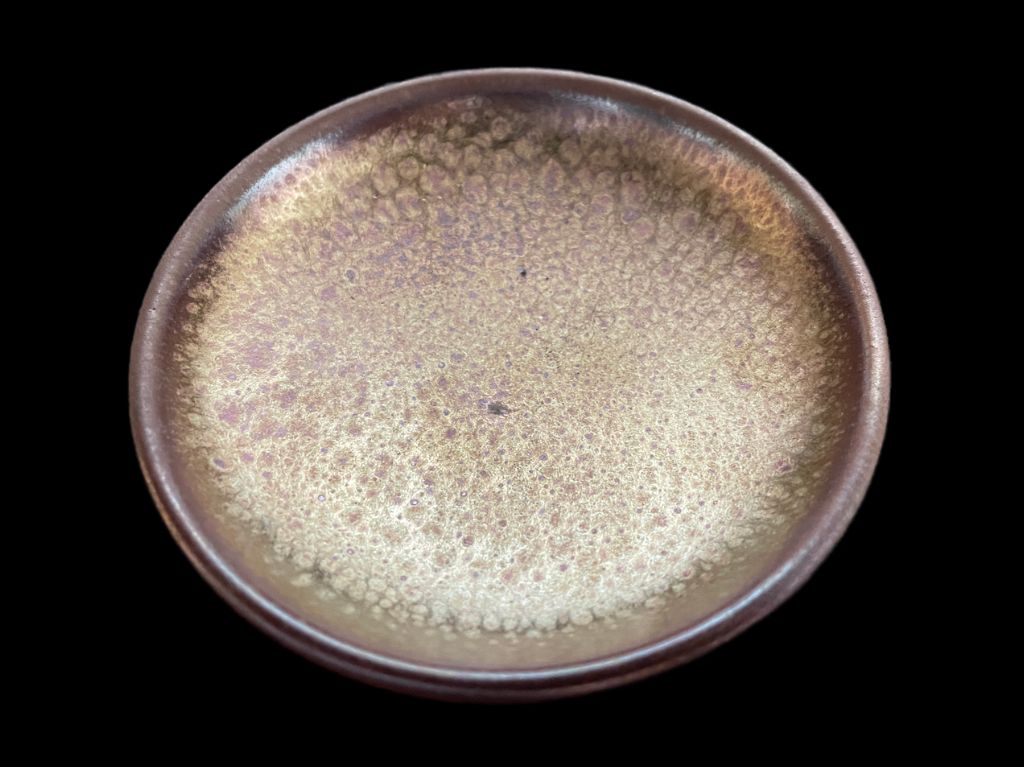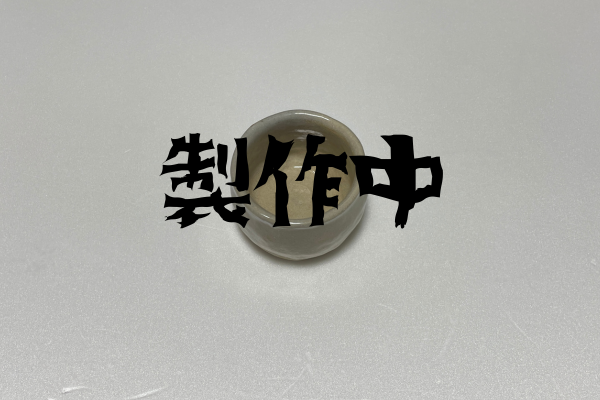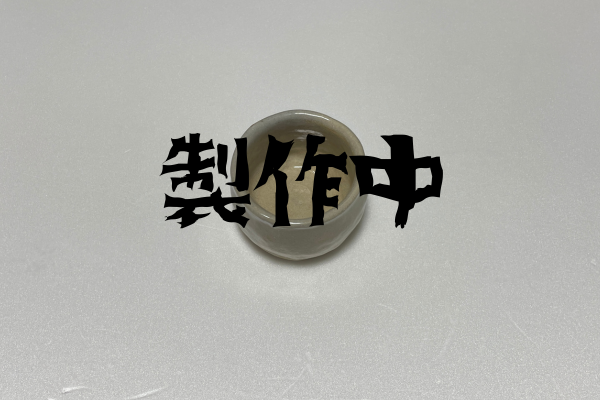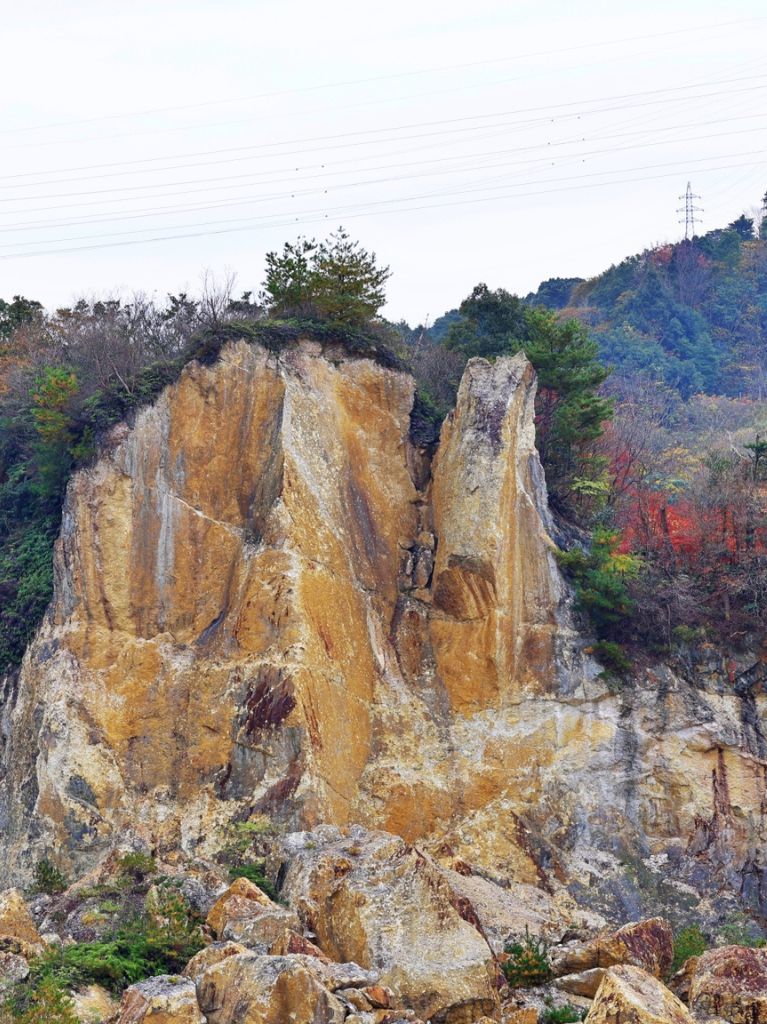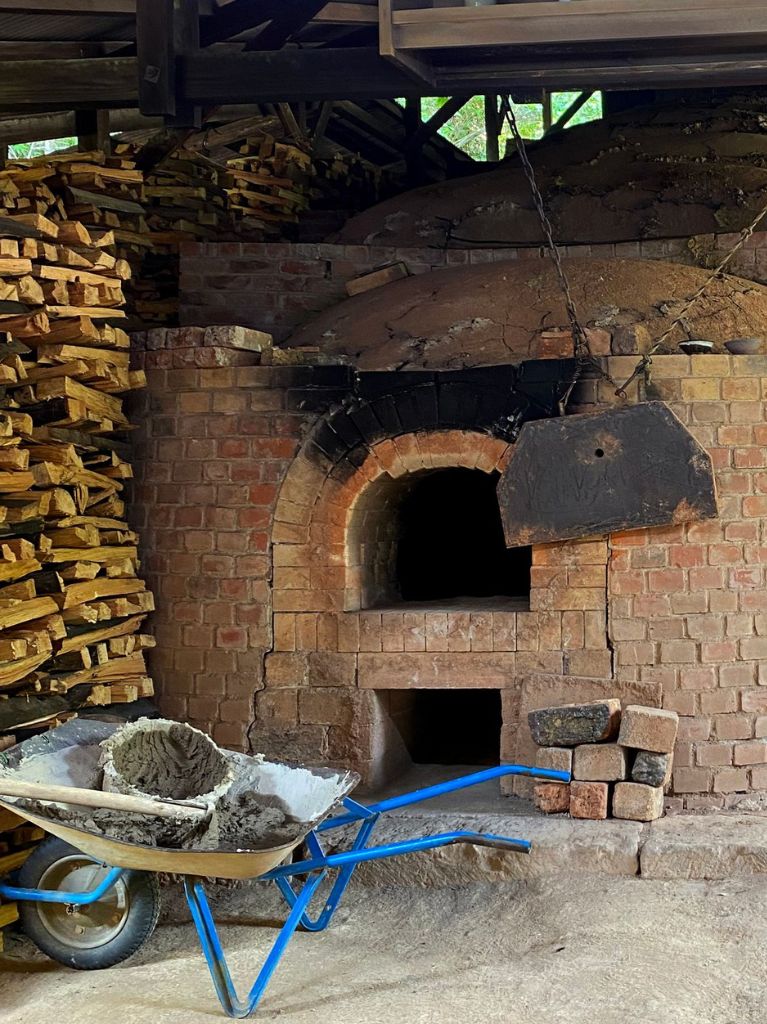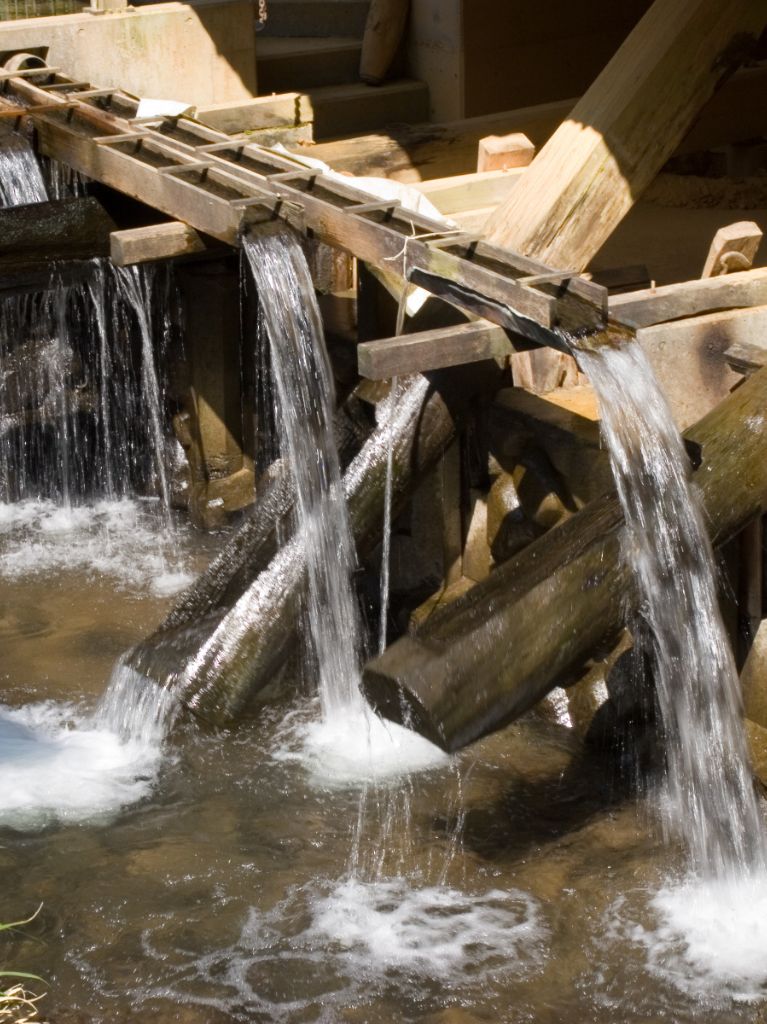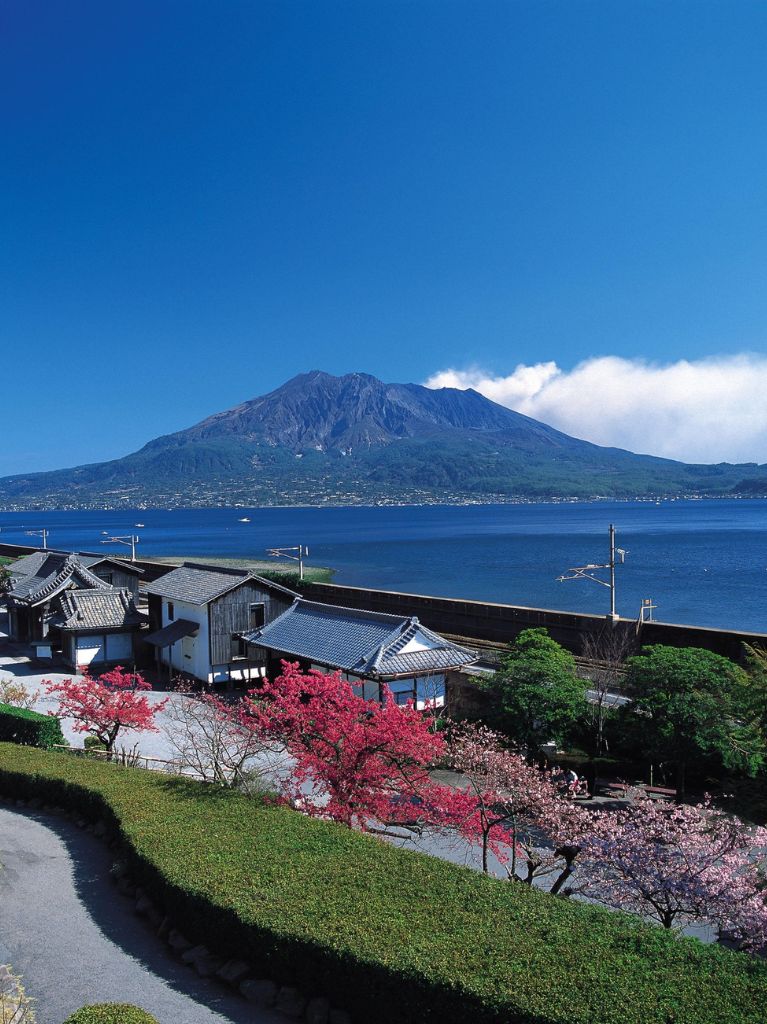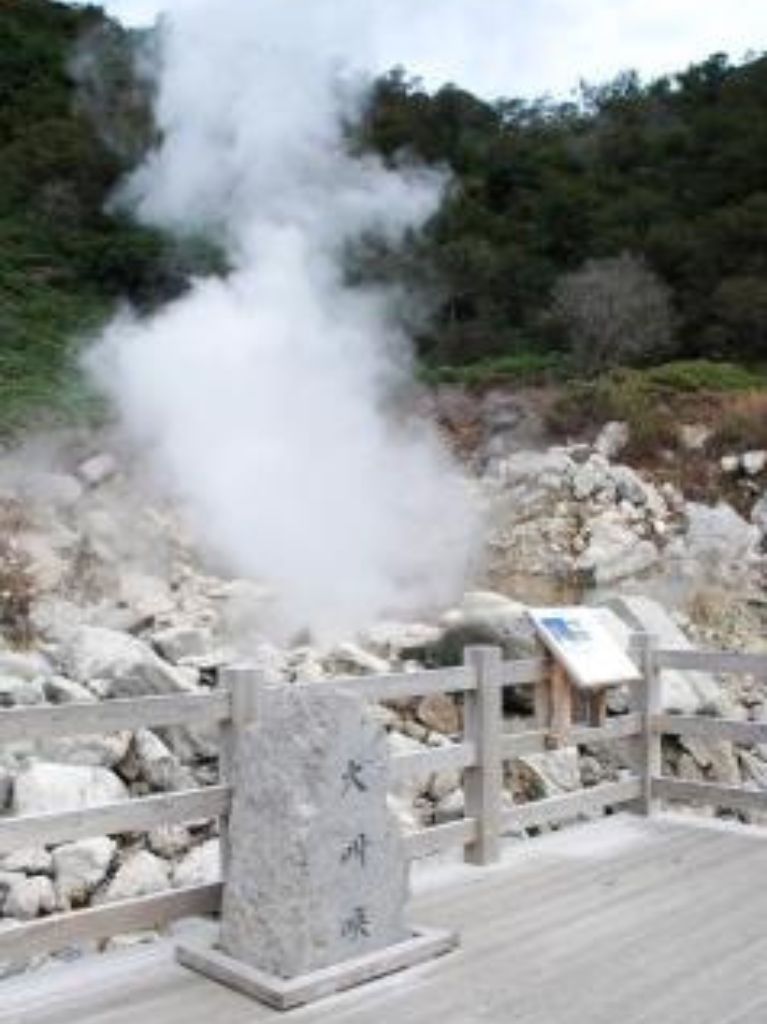KYUSHU
ARITA (IMARI) YAKI
ARITA YAKI is a traditional Japanese porcelain produced in the area around Arita Town, Nishimatsuura County, Saga Prefecture. Its history dates back to the Bunroku and Keicho eras of the Azuchi-Momoyama period, when a potter from Korea discovered white porcelain ore and the raw material for porcelain in Izumiyama near Arita.
Traditional ARITA YAKI is characterized by its white porcelain surface with dyeing using gosu, a blue pigment, or paints (red, green, yellow, purple, and blue). Modern ARITA YAKI is also in tasteful porcelain using glazes such as Yuteki Tenmoku.
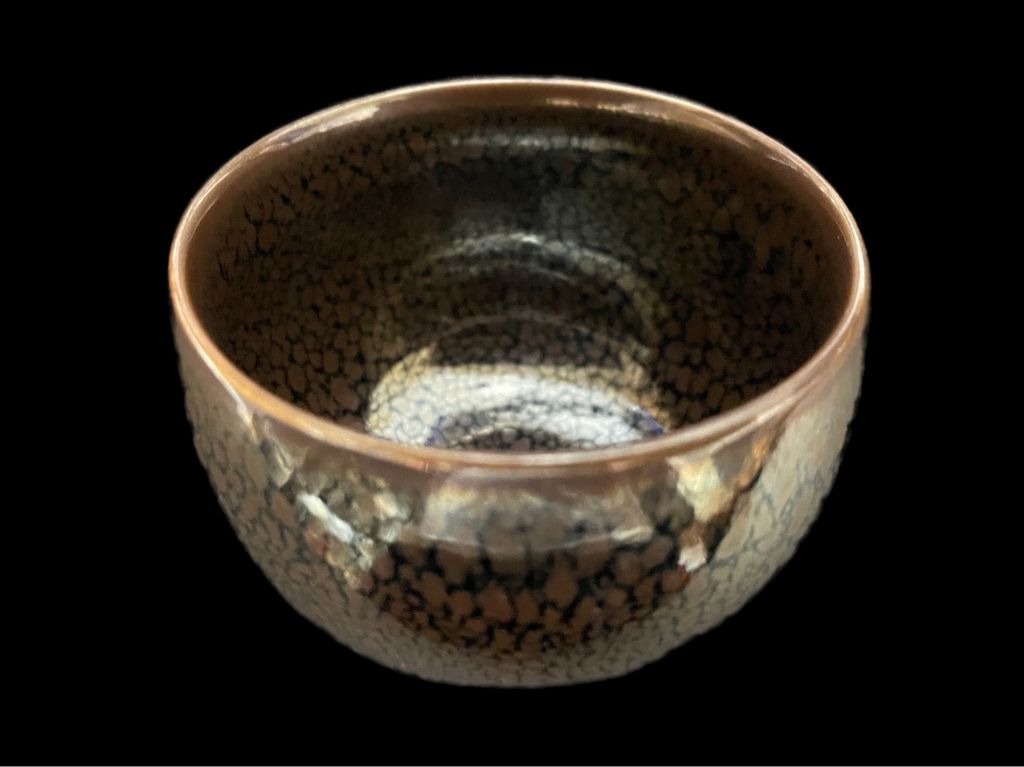
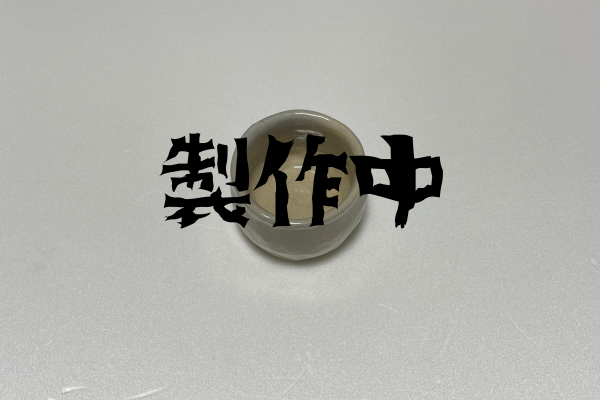
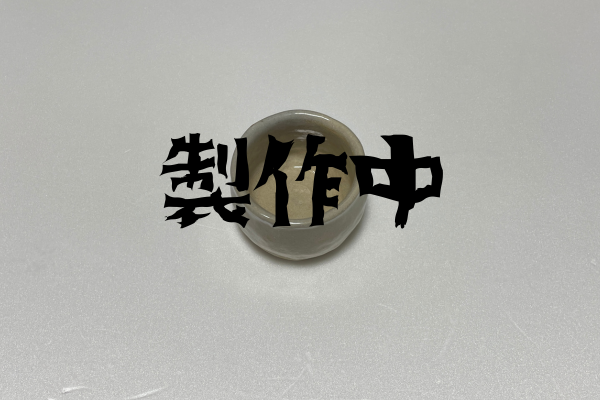
SHODAI YAKI
SHODAI YAKI is a traditional pottery produced in the Arao area of Kumamoto Prefecture. Its history dates back to the Kan’ei era in the early Edo period, when it was first made using clay from Mt. Shodai.
Traditional SHODAI YAKI is made using a unique glazing technique called “nagashikake” that uses straw ash glaze as the base glaze, and is divided into blue, yellow, and white Shodai depending on the color. Modern SHODAI YAKI also incorporates new approaches (such as slipware, which is made by drawing patterns with mud-like clay).
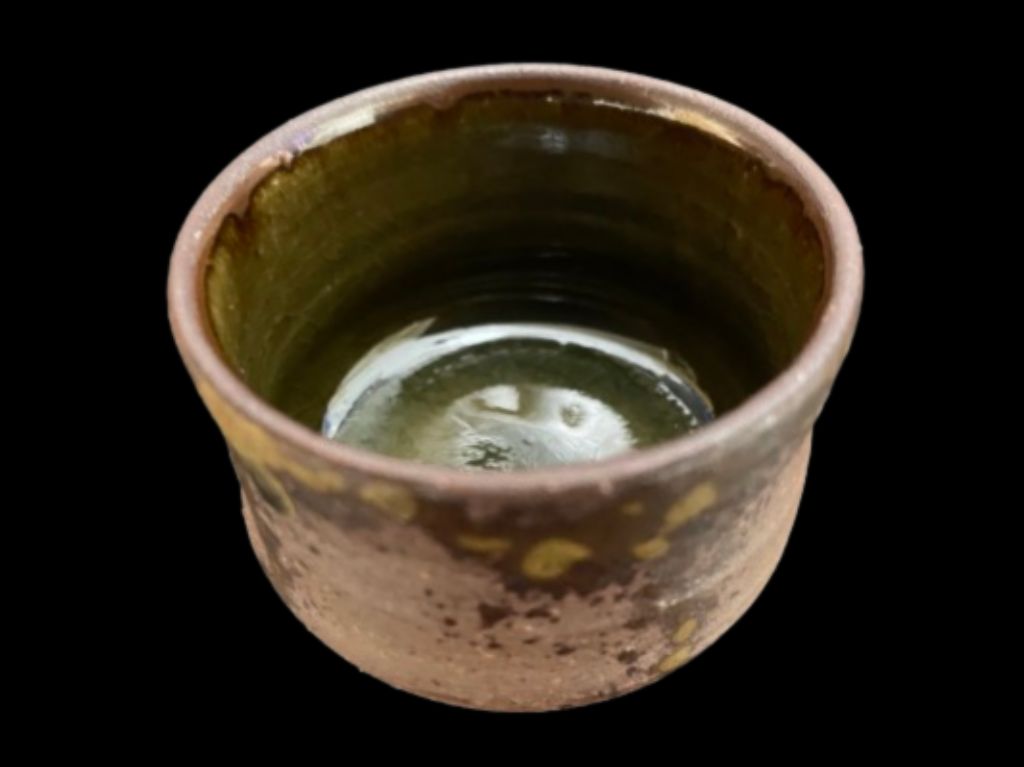
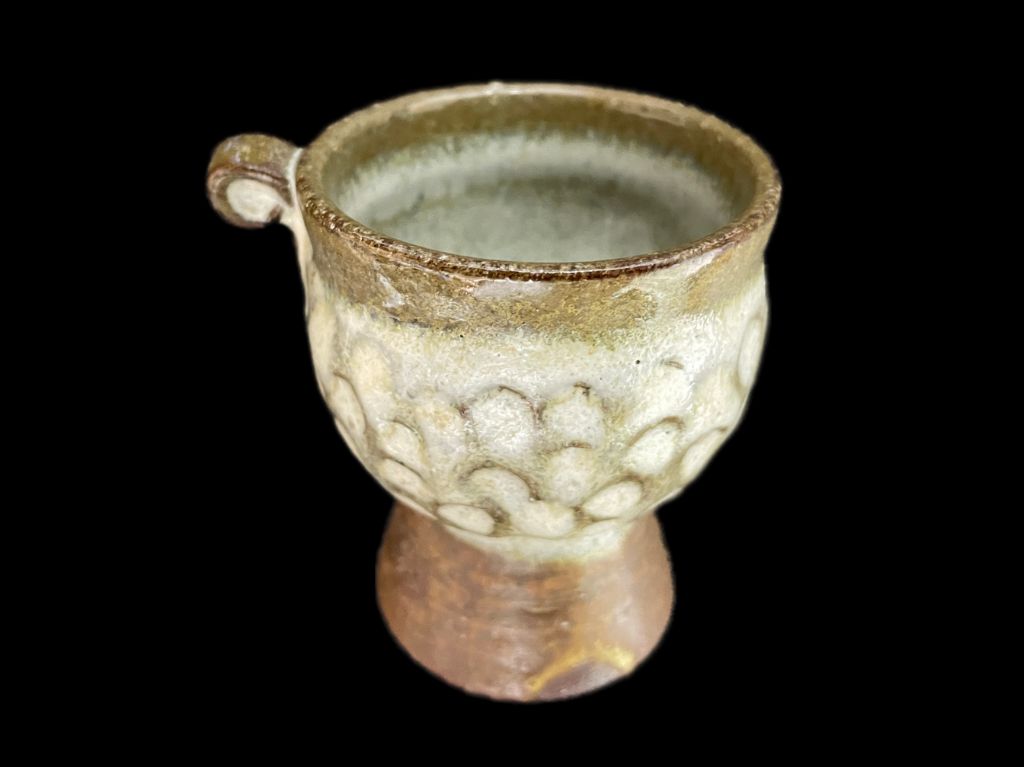
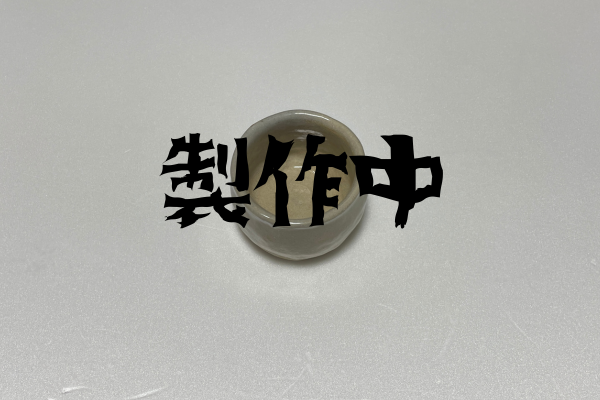
ONTA YAKI
ONTA YAKI is a traditional Japanese pottery produced in Hita city, Oita prefecture. Its history dates back to the Hoei era of the Edo period, and it is said that production began under the technical influence of KOISHIWARA YAKI. In the Showa era, pottery techniques were also imparted by Bernard Leach.
ONTA YAKI is traditionally made using local reddish soil that is rich in iron, and is produced using distinctive techniques such as “flying plane,” “brush marks,” and “nagashikake.” The production techniques are passed down from father to son.
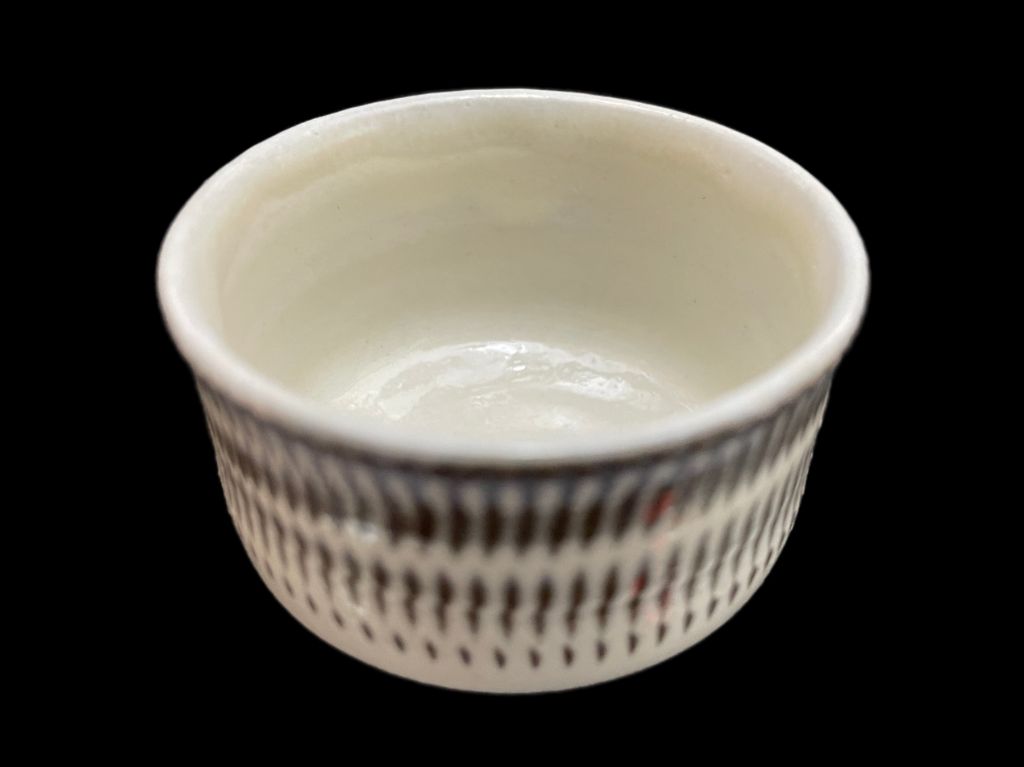


SATSUMA YAKI
SATSUMA YAKI is a traditional pottery produced in the Kagoshima Prefecture. Its history dates back to the Bunroku and Keicho eras of the Azuchi-Momoyama period, when pottery production began by potters who came from Korea.
SATSUMA YAKI comes in colorless or pale yellow “Shiromon,” and colored glazes such as “Kuromon.” Shiromon is made from precious white clay and is decorated with various paintings. Shiromon is also called “SATSUMA.” Kuromon is made from clay with a high iron content and is fired at high temperatures, resulting in a sturdy finish.
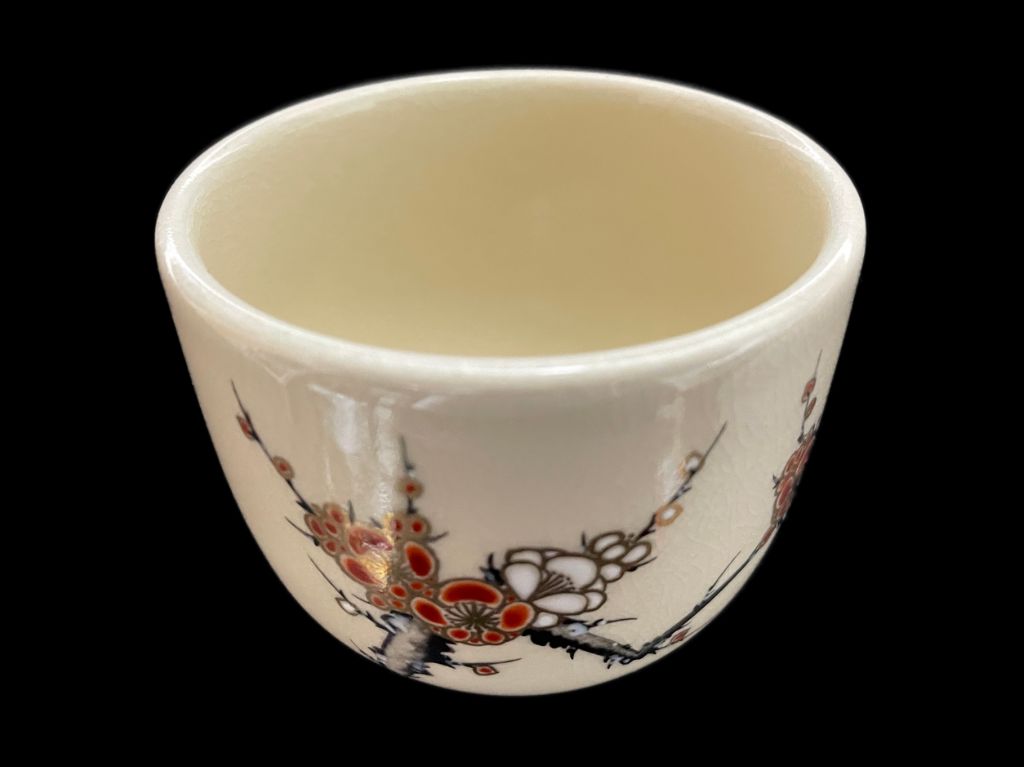
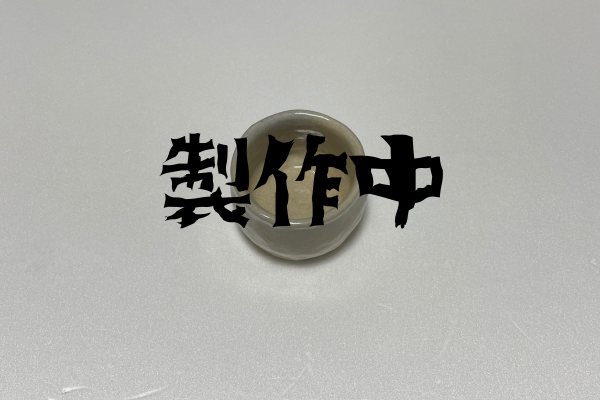
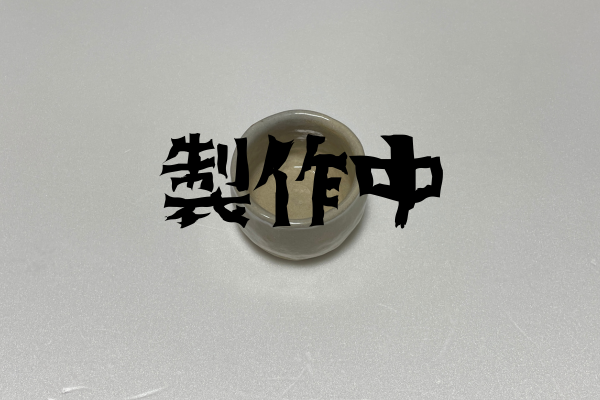
KYUSHU (Others)
Due to its geographical proximity, the Kyushu region is home to many potters who came from the Korean Peninsula and make pottery there. The pottery they created was exported to Europe and other places, and is said to have had a major influence on famous German pottery manufacturers such as Meissen.
The Kyushu region is also home to many unique types of pottery, such as Unzen ware, which shines golden when volcanic ash from Mt. Unzen is mixed into the pottery and used as a glaze.
